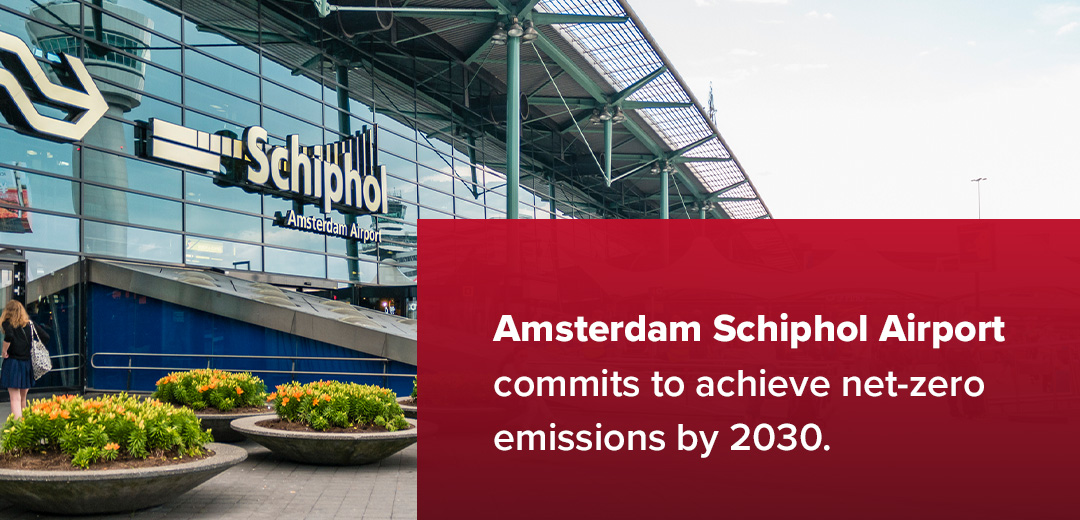Industries worldwide, including the aviation industry, are adopting eco-friendly practices to help reduce their carbon footprint. As air travel continues to modernize, there is an increasing need for airports to adopt sustainable and green initiatives.
Airports going green can implement a combination of different strategies to push toward a greener future — and become one of the Airports of Tomorrow. From embracing renewable energy sources such as solar power to exploring biodiversity conservation with green zone buffers, there are many opportunities for airports to reach their sustainability goals.
This article provides a guide on how airports can go green and help mitigate their impact on the planet while setting an inspiring example for other industries.
The Current State of Airport Sustainability
Airports are crucial global travel hubs with a significant environmental footprint. Airports can negatively affect air quality and biodiversity and contribute to climate change. Traditionally, airports face the following challenges when trying to minimize their impact on the environment:
- High energy consumption
- Greenhouse gas emissions
- Resource-intensive operations
- Large-scale infrastructure
- Extensive vehicular traffic
- Air and noise pollution
- Habitat disruption
- Waste generation
Airports often grapple with finding a balance between promoting efficient air travel and mitigating their adverse effects on the surrounding ecosystems. However, this balancing act should not deter airports. They must understand that they are critical players in the transportation sector, and their sustainability efforts can have a massive impact.
Airports worldwide must actively engage in sustainability initiatives. Effective green initiatives include energy-efficient infrastructure, renewable energy adoption, and waste reduction programs. These initiatives are driven by sustainable aviation fuels, electric vehicle fleets, and utilizing smart technologies.
These initiatives are often benchmarked and measured through recognized sustainability standards and certifications. The Airport Carbon Accreditation, for example, provides a framework for airports to manage and reduce their carbon emissions actively.
Implementing sustainable and profitable strategies can help with airports’ operational efficiency, environmental impact, and bottom line.
10 Airport Sustainability Initiatives
Airport executives and owners can lead their organizations toward a sustainable future through a comprehensive approach. Implementing various initiatives can pave the way for airports to become environmentally responsible entities.
Consider the following list of airport sustainability strategies and how you can implement them.
1. Energy Efficiency Measures
Airports can start by integrating new technologies and practices to optimize energy consumption across various operations. Some solutions include investing in LED lighting, smart HVAC systems, and energy-efficient appliances.
LED lights can help reduce energy consumption while helping with airport visibility and safety. Smart HVAC systems can provide airports with precise control over heating and cooling, allowing them to use energy optimally. Energy-efficient appliances and tools in the airport’s facilities lower overall energy demand.
Simultaneously, airports should consider investments in renewable energy sources, such as solar, wind, and geothermal energy. Solar panels can be strategically added to airport premises to utilize the power of sunlight. Wind turbines can be integrated to generate electricity by harnessing wind energy. Meanwhile, geothermal systems tap into the Earth’s natural heat for heating and cooling.
Each option can help reduce an airport’s carbon footprint and contribute to the broader transition to clean energy in the aviation sector.



